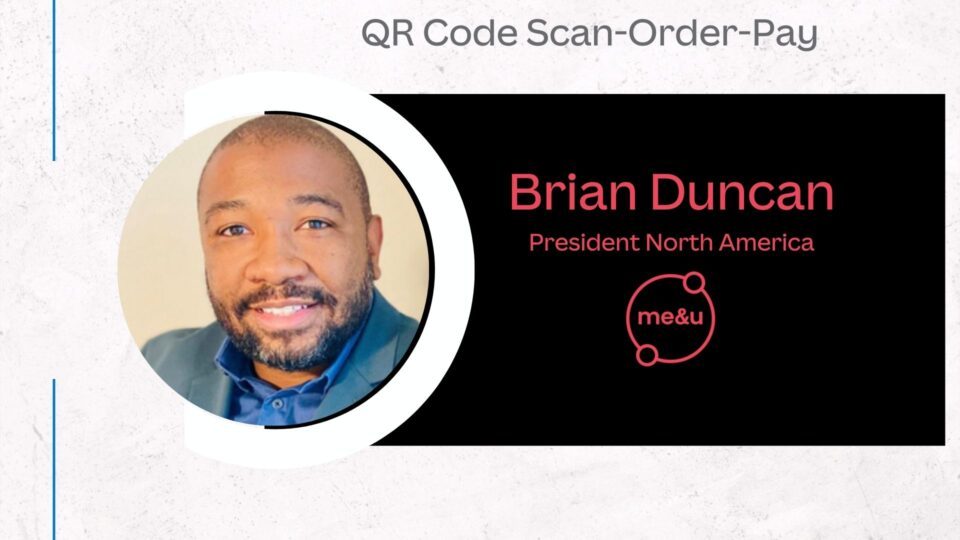On January 30, 2023, the White House announced that it would end the federal public health emergency related to the COVID-19 pandemic on May 11, 2023. The gradual return to a quasi-normal state has been long in coming, and the after-effects of this worldwide crisis are still taking their toll. It’s a “new normal” because, deep down, nothing will ever really be the same. Virtually every industry across the globe was affected by shutdowns, layoffs, and restricted operations. The food and hospitality industry was hardest hit, with over 110,000 eating and drinking establishments shutting down nationwide in 2020. Three years later, the scars are still visible as restaurants, clubs, and bars continue to grapple with hiring and retaining staff. At the same time, operational costs are increasing exponentially due to record inflation. A surprisingly simple and affordable technological solution is turning the tables, pun intended, for restaurants to survive and thrive post-pandemic. It’s as easy as scan, order, and pay.
Can dining out be cheaper than buying groceries?
The most recent Consumer Price Index report reveals that dining out can frequently save more money than eating at home. In September of 2022, the price of groceries went up 13%, while the cost of dining out only increased by 8.5%. And Happy Hour is making a comeback, with more people working from home and offices back in full swing; grabbing a drink with friends after work hours has resulted in a 27% increase in this bonding tradition.
That sounds like great news for the restaurant and bar industries! And yet, for the 24th consecutive month, restaurants still can’t seem to fill both front and back-of-house positions. More than 60% of dine-in restaurants report not having sufficient staff to meet demand.
Where have all the servers gone?
Restaurant workers had to improvise quickly when their livelihood was taken away by a runaway virus. They went back to school, found a more lucrative career, or took advantage of at-home employment opportunities; whatever the reason, a labor shortage in the restaurant industry was born.
FinTech Analysis: Getting Started in FinOps
It has become a common complaint. The amount of time it takes to get a table at a restaurant is pushing the limit on how long most diners are willing to wait. In 2022, restaurant wait times increased to 35 minutes, up from 22 minutes in 2021 and 16 minutes in 2020.
Even after diners are seated, the waiting game continues.
Where are the drinks?
Where are the appetizers?
Where is the server?
Too many tables and not enough staff have catapulted a reluctant restaurant industry into the 21st century.
It’s about time.
The restaurant industry has been slower than most to adopt the latest technology, still relying on pen, paper, and a server’s memory to place an order. Thin profit margins preclude most restaurant owners from considering a technological upgrade. But after the pandemic, technology is no longer considered an indulgence; it has become essential for the survival of this beloved American institution that began back in the early 19th century.
And as of the early 21st century, over 86% of the world’s population owns a smartphone. And industries such as healthcare, banking, transportation, and retail have leveraged the infinite possibilities of a technology that has transformed the way people live, think, and interact with the world around them.
QR Code – Scan-Order-Pay.
How many smartphone apps does it take to order a cocktail? Just one! QR code scan-order-pay technology is an integral part of the natural evolution of the dining experience. It’s familiar, it’s interactive, and it’s fun. Restaurant patrons can simply scan a QR code at their table using their smartphone and immerse themselves in an interactive virtual experience. Diners enjoy exploring a visual menu and spend more time browsing and clicking on food and beverage images while receiving personalized prompts, suggestions, and recommendations that inspire additional ordering.
With QR code, scan-order-pay technology, restaurant and bar owners can easily customize the energy and flow of their virtual menu, highlighting daily specials and promotions while tracking guests’ dining trends and incentivizing them to stay for another round.
Recommended: How Does Visa Generate Money From International Transactions?
Managers can re-focus their labor force to maximize efficiency and increase operational flexibility. Scan-order-pay technology means servers spend less time taking food and cocktail orders and can spend more time elevating the guest experience. With contactless table ordering, the QR ordering system does the upselling, netting bigger checks and sizeable tips for servers, maximizing staff retention.
Manual order entry is inherently slow and increases the likelihood of human error, which can lead to insufficient fraud prevention checks and transaction vulnerability. Scan-order-pay improves order accuracy and reduces the risks of fraud and charge-backs.
With at-table ordering, customers can order and reorder cocktails at their leisure, increasing round frequency. The customers are in control of their dining experience; with faster ordering and food and drink delivery, and multiple payment options, walkouts due to slow service or inaccurate orders are virtually eliminated.
The pandemic nearly vanquished the restaurant industry, but it was also a call to action for eating and drinking establishments to welcome and reap the benefits, flexibility, and universal appeal of smartphone technology. Incorporating QR code scan-order-pay technology into daily operations supports restaurant staff and maximizes revenue and efficiency. It elegantly streamlines the dining experience without compromising the personalized interaction between the diners and restaurant staff, leading to customer loyalty and repeat business.
Top Crypto News: Stabolut Launches New Bitcoin-backed, Decentralized Stablecoin, USB
